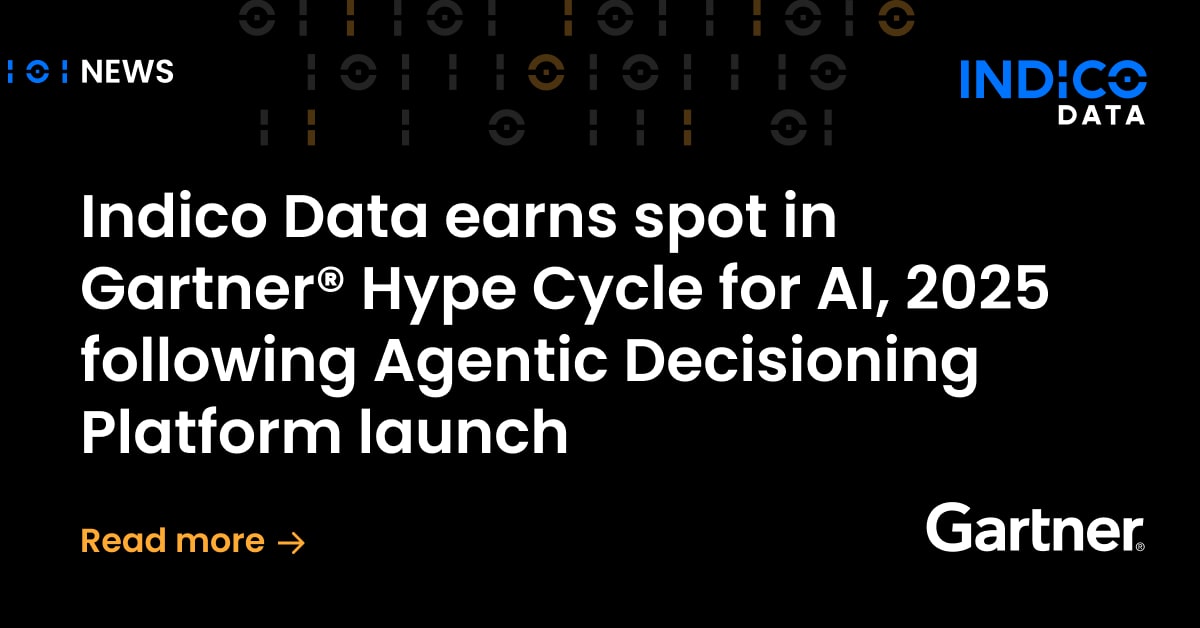I recently had the pleasure of joining Josh Hollander as a guest on his Insurtech Leadership Podcast, and of course, the conversation soon turned to generative artificial intelligence (AI) models and whether they are ready for use in the insurance industry. My answer: a definitive yes.
Hollander is CEO of the global executive search firm Horton International, North America, where he focuses on the insurtech and fintech sectors, so he’s up on the latest technologies. Generative AI is certainly one of them. It’s short for Generative Pretrained Transformer (GPT), a class of AI large language models that includes ChatGPT. Maybe you’ve heard of that.
Are GPT models ready for insurance?
The GPT topic came up during a larger discussion around large language models. Hollander mentioned being at a conference where one panelist argued generative AI wasn’t really ready for insurance, while another said it’s here already.
I told him it was simply false that generative AI was not ready to handle insurance and pointed to the incredible power of the most recent release from OpenAI, GPT-4, as well as similar offerings from Google and Facebook (or Meta).
A big part of the reason these models are so powerful is they have been trained on an enormous number of words and contextual parameters – some say as many as 1 trillion for GPT-4, although OpenAI is mum about the exact number. This provides context that is crucial to understanding language, whether in spoken or written form.
For example, OpenAI says its GPT-4 model scored in about the 90th percentile on both the Uniform Bar Exam and the Law School Admission Test (LSAT), whereas GPT-3.5 scored around the 10th and 40th percentiles, respectively. This is despite no special training on legal matters.
The point is GPT-4 has shown it can understand virtually any context you give it. So, the notion that insurance is too unique for GPT 4 is simply not true.
Related content: How to avoid AI bias and gather better data for insurance claims and underwriting
Automating insurance middle office processes
What is true is that it takes some doing to correctly prompt these large language models to give you meaningful results in any context, including insurance. It can also get expensive, given it takes significant computational power to run a model based on 1 trillion parameters. GPT models, including ChatGPT, have also been known to make up answers whether it knows them to be true or not – and to sound quite confident in doing so.
For the last 7 years Indico Data has been focused on the problem of applying deep learning and large language models to enterprise use cases. As I told Hollander, we were the first to build a platform that enabled enterprise customers to apply large language technology to building custom models that could interpret unstructured data. Unstructured data means PDFs, emails, and other free-form documents and images – the kind that make up the bulk of what insurance companies deal with in terms of claims and underwriting.
This is the technology that will enable insurance companies to bring their digital transformation efforts to what I call the middle office. Digital transformation started with mobile transactions that addressed front-office use cases, or how we all interact with banks and insurance companies, which is now predominantly online. Then things progressed to the back office, digitizing transactions related to accounts receivable and payable, planning, and so on, and applying powerful decision and support engines like Guidewire.
The middle office is where critical decisions happen. In an insurance company, that means underwriting, claims and policy servicing. Here, large language models help companies apply intelligent intake, to automate claims, underwriting and policy servicing processes. These intelligent models can read incoming documents, categorize them, extract relevant data, and input it into those downstream systems.
In essence, intelligent intake enables insurance companies to realize the full potential of those powerful platforms and decision engines, all of which require structured data. Up to now, the only way to feed them structured data was through manual “see it and key it” processes.
Related content: 5 ways artificial intelligence helps automate insurance claims processing
It’s early in the game
If you’re just getting up to speed on GPT, large language models, and intelligent intake, rest assured you’re not alone. As I mentioned on the podcast, if innovation and digitization in insurance was like a nine-inning game, I’d say we’re in about the third inning (with no pitch clock).
Although I will say the change over the last 24 months has been dramatic. I’ve seen insurance carriers shift from being somewhat interested in intelligent intake technology to being insanely interested. That kind of interest makes sense if carriers are to realize the kind of gains Deloitte describes, including the 10x productivity improvement that its “exponential underwriter” term connotes.
Solutions like intelligent intake enable you to get the most of your most talented, experienced, and expensive, employees. In today’s competitive insurance market, you likely can’t hire enough of these folks, so it’s imperative to fully leverage the expertise of those you do have. I often describe intelligent intake as a bionic arm that gives them a big assist.
Check out my full discussion with Hollander here. It’s a breezy 13 minutes, during which you’ll also hear about my keys to success for applying advanced technologies in insurance companies.



